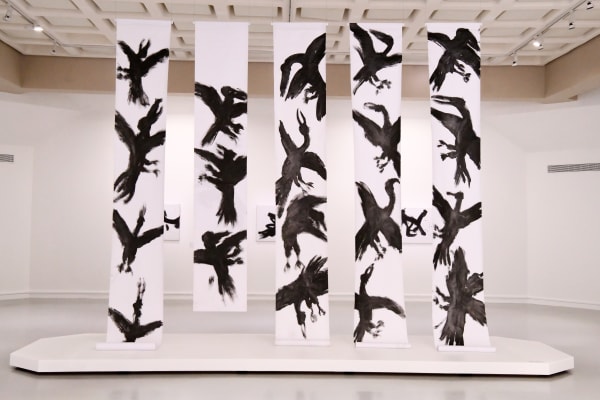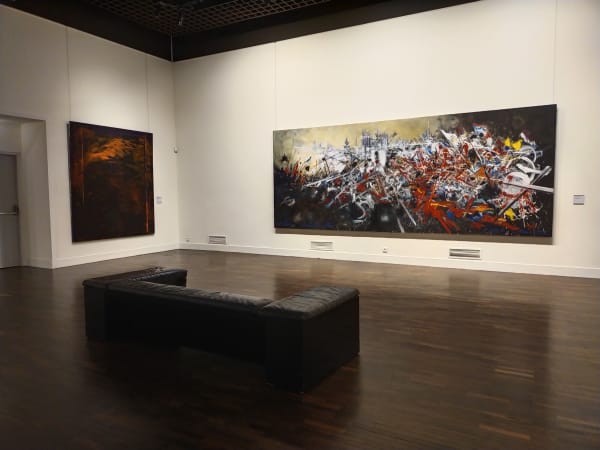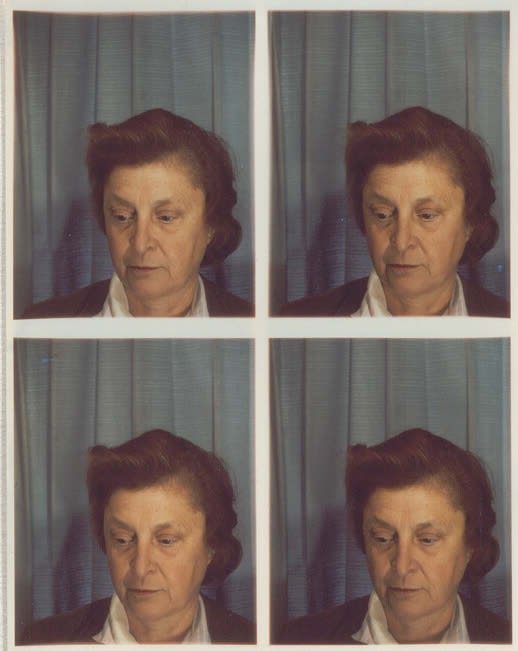-
Expositions en cours
-

Judit Reigl - Spasme avec le feu
Galeries Dina Vierny, Paris (rue Jacob et rue de Seine) 16 Mai - 2 Août 202578 ans après l’inauguration de la Galerie Dina Vierny à son adresse historique de la rue Jacob, Pierre et Alexandre Lorquin ouvrent un second espace au 53 rue de Seine.... -

Judit Reigl, L’Envol. Dessins et peintures (1954-2012)
LAAC - Lieu d’Art et Action Contemporaine à Dunkerque 26 Avril - 14 Septembre 2025Judit Reigl, surtout reconnue pour son œuvre picturale, a constamment redéfini le rôle du dessin dans sa démarche artistique. En prolongeant sur papier ses recherches menées sur toile, elle a... -

Daniel Cordier, l’ivre d’arts
Les Abattoirs, Toulouse 14 Février 2025 - 30 Août 2026À travers une nouvelle présentation de la collection de Daniel Cordier, les Abattoirs explorent pour la première fois le lien qui unit son goût pour les œuvres plastiques à celui...
-
-
Collections permanentes des musées et institutions
Tout au long de l'année, découvrez des oeuvres de Judit Reigl dans plus de 40 lieux en France et à l'étranger. Retrouvez la liste complète des Musées et Institutions ICI.
-
-

Collections permanentes
FAAM, Femmes Artistes du Musée de Mougins 21 Juin 2024Le FAMM , le premier musée privé en Europe dédié aux femmes artistes, ouvre ses portes au public ce 21 juin à Mougins dans les Alpes-Maritimes. Site du musée -

Nouvel accrochage des collections permanentes
Salle Jean Fournier, Musée Fabre, Montpellier 1 Décembre 2023 - 31 Août 2025COLLECTION FOURNIER SALLE 48 La personnalité de Jean Fournier (1922- 2006) figure en bonne place dans la liste des donateurs illustres qui ont fait la collection du musée Fabre, complétée... -

Zerreißprobe. Kunst zwischen Politik und Gesellschaft / Extreme Tension (Nouvel accrochage des collections)
Neue nationalgalerie, Berlin 18 Novembre 2023 - 28 Septembre 2025L’art de la seconde moitié du XXe siècle est marqué par une énorme diversité de matériaux, de médiums et de méthodes. Dans le même temps, aucune époque n’a été aussi... -

Nouvel accrochage des collections permanentes (art contemporain)
Musée national d’art moderne, Centre Georges Pompidou, Paris 20 Avril 2023L'oeuvre « Foudre » est accrochée dans la salle dédiée à André Breton au niveau 5 (collections modernes), tandis que la seconde « L'Art de la fugue - Strette »... -

Post-war European paintings and sculptures (Nouvel accrochage des collections)
Museum of Fine Arts de Houston (Kinder Building), États-Unis 7 Janvier 2023« ... J'ai terminé l'accrochage de l'une de nos galeries, au premier étage de notre nouveau Kinder Building. Il s'agit d'une installation de peintures et de sculptures européennes d'après-guerre qui... -

Nouvel accrochage des collections permanentes
Musée des Beaux-Arts d'Orléans 1 Mai 2021 - 31 Décembre 2026Site du musée -

Nouvel accrochage des collections permanentes
Musée des Beaux-Arts de Dijon 17 Mai 2019Au Musée des Beaux-Arts de Dijon, l'art français du XXe siècle est complété par l’ouverture à de nouveaux artistes comme les sculpteurs Longuet et Boisecq, ou encore à des artistes... -

Nouvel accrochage des collections permanentes
Musée d’Art Moderne et Contemporain, Strasbourg 1 Janvier 2018Pensé comme accessible à tous et invitant à des moments d’interactions, le parcours, qui fait dialoguer l’art moderne et contemporain, est régulièrement renouvelé. Site du Musée -

Nouvel accrochage des collections permanentes
Musée des Beaux-Arts, Nantes 15 Juin 2017
-
-
ÉVÈNEMENT












